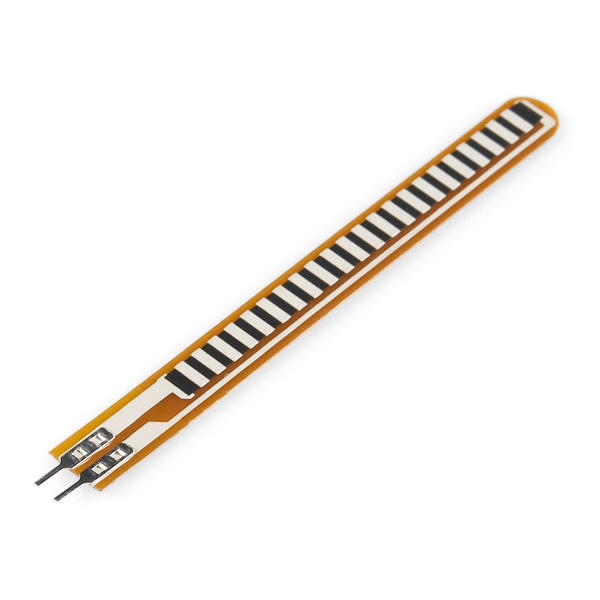Parts
Alrighty, anyone who likes to buy a lot of parts would know that Radioshack is a terrible place to go.
Compared the the prices you can find online, Radioshack is 500% or more overpriced
Plus, Radioshack is extremely limited in variety
But, what can I say. It's Radioshack. It sells cell phones.
So, being in HK I took the advantage of buying some parts in Sham Sui Po (heaven).
I went to this WECL store, bought $545 HKD worth of stuff. Well worth it: stocking up for the states!
Can you believe it? One heaping pack of resistors costed $5 HKD. Thats less than a US dollar.
Microphones, lasers, buttons, All less than one US dollar.
You can imagine how much I bought:
PCB
https://drive.google.com/folderview?id=0B5gFDZ2efTDSX0hPdG5sWWJuemc&usp=sharing
That's the link to sharing all of the files. Updated.
There is a README there.
I highly recommend David Cook's Copper Connection software for hobbyists. It's free, easy to use, and tailored to the hobbyist needs.
Anyways, I'm in HK, away from my equipment, so I can't make the PCB yet.
this PCB is for testing out different sensors, so I guess it is a prototyping PCB.
The smaller PCB is for the phototransistor. It is separate.
I still need to work on deciding if I want to use flex resistors or piezo elements...
Cheers!
This is the shot clock that will change the game.
This is the shot clock that will change the game.




